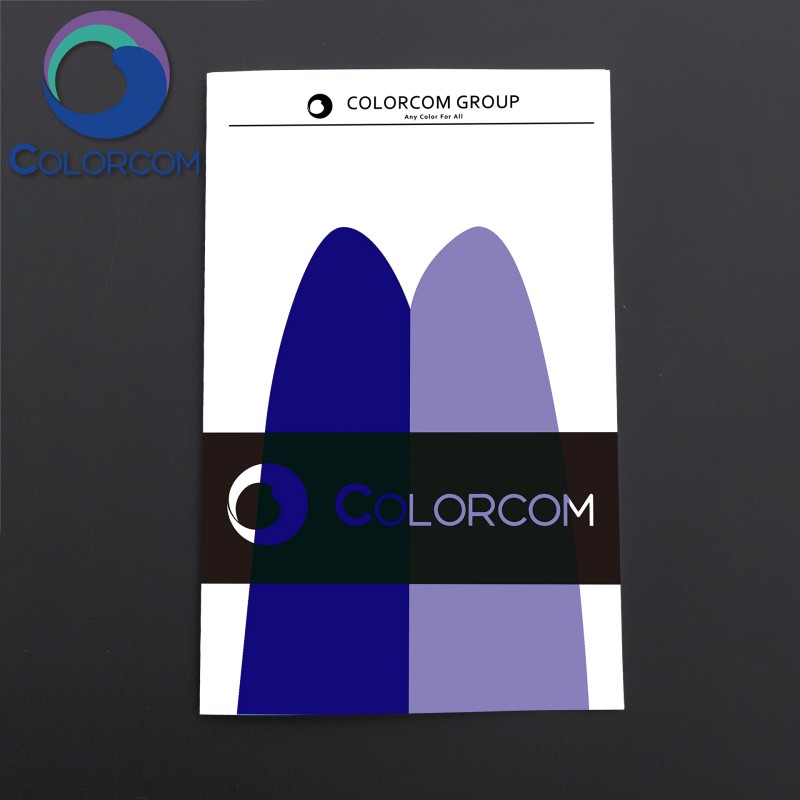Prussian Blue | Pigment Blue 27 | TPColor Blue PB709 | 25869-00-5

|
Specification |
Value |
|
Appearance |
Dark blue powder |
|
Transparency |
Opaque |
|
Oil Absorption(%) |
45 |
|
Volatile Matter (%) |
4 |
|
PH Value |
5.5 |
|
Density (g/ml) |
1.9 |
|
Bulking Value (ml/g) |
2.5 |
|
Soluble Matter in water (%) |
2 |
|
Acid Resistance |
5 |
|
Alkali Resistance |
1 |
|
Bleeding to MEK |
5 |
|
Bleeding to Xylene |
5 |
|
Bleeding to Toluene |
5 |
Prussian Blue pigment is resistant to solvents and mineral acids, it is only destructed when being boiled with concentric sulphuric acid and decomposed under the action of even weak alkalis by forming iron hydroxide and potassium ferrocyanide.

Solvent based inks.

Prussian blue is featured by weather and light resistance, does not worsen the corrosion resistance of the coatings, but is not resistant to heating: the color varies at temperatures of 160-240°C (depending on film former). Prussian blue can be used in inks such as offset inks, solvent based inks, paints and coatings, plastics, carbon paper etc.. The superfine grade also called micronized grade prussian blue is mainly used for pesticide, agriculture and fertilizer.
- Prussian blue is non alkali-resistant and therefore unsuitable for cement-and chalk based products. The blue discolours into brown in alkaline products.
- Prussian blue is only temperature-resistant to 140°C. However, Milori blue has good UV-and acid resistance and has good colouring power, which is why it is frequently used in inks and paints (oil and water).
- Prussian blue can be mixed with all other pigments, e.g. when it is mixed with chromium yellow the result is a chromium green pigment.
Packing: 25kg/Paper Bag.



